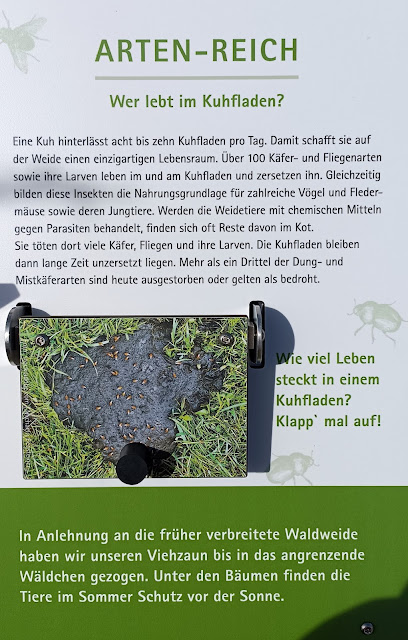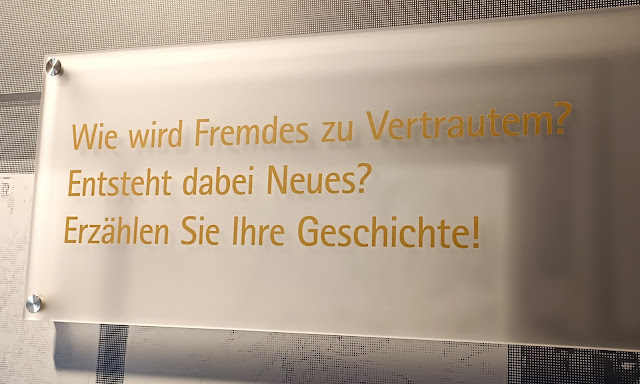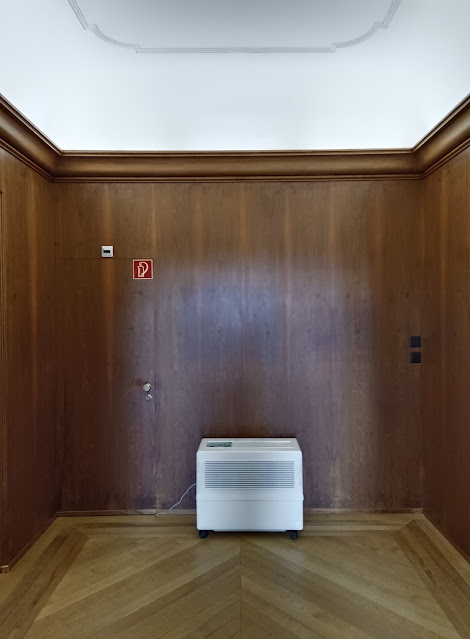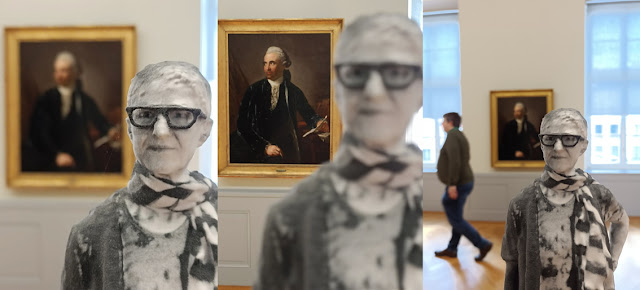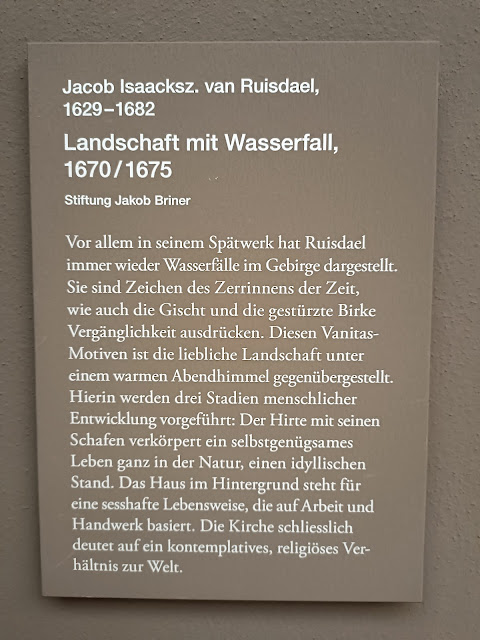Sonntag, 17. April 2022
Freitag, 15. April 2022
Mittwoch, 13. April 2022
Dienstag, 12. April 2022
Montag, 11. April 2022
Das Palastmuseum in Fumban, Kamerun (Ein Museum)
One of Cameroon’s most enduring civilizations has always had a knack for preserving its culture. There’s no better way to do that than to cloak it in symbolism as the Bamum people have done with the magnificent Foumban Royal Museum. The eye-catching structure is easy to locate as it stands right next to the Bamum Sultan’s palace in the center of town.
Seven centuries after the Bamum Kingdom was established by its first ruler—Nchare Yen, in 1394—the current Sultan, Ibrahim Mbombo Njoya, is working to preserve the local culture. Njoya oversees the transfer of the Bamum Kingdom’s earliest tools, artifacts, musical instruments, toys, weapons, art, wood and bronze carvings, sacred texts, and implements of worship into a modern structure that is the essence of Bamum philosophy.
For the Bamum people, it seems, self-preservation has always been at the heart of whatever venture they undertake. Designed by a local architect, the Foumban Royal Museum is whimsically built in the shape of a two-headed snake mounted by a giant life-like spider. Adorning the entrance to the museum is a gong, an instrument the Bamum have used over the ages to rally patriotism.
The spider in the Bamum culture symbolizes hard work, while the two-headed snake acknowledges their vigilance and power. Outsiders are keen to point out that the snake best describes a cunning that has always served the interest of the ordinary Bamum citizen.
All objects destined for the new museum now reside in the Sultan’s palace, which is open to the public daily. Among the things that will be moved are artistic representations of the Bamum people’s migration south towards the Grassfields of Cameroon, their separation from other Tikar tribes as each sought a better place to settle, and the countless wars they fought to defend and expand their domain.
Guns, spears, shields, trophy calabashes draped in human jaws, bamboo umbrellas, swords, and charms that have been used to fight enemies and quell civil wars are all part of the collection. Equally as vital are the instruments that have been used to check the Sultan’s power.
The kits and tools of Mutngu, the secret society that oversees the running of the state, take prominence within this collection. Its leader, Ta Ngu, is appointed by the Sultan to oversee justice in the kingdom but can call the Sultan to order. They ensure this by holding a public trial for the Sultan every two years to assess his leadership.
In most Cameroonian kingdoms, objects like these are hidden in sacred places where only the initiated have access to them. The Foumban Royal Museum displays these items to help visitors better understand the power structure within the Bamum kingdom. (Tony Vinyoh | September 1, 2021)
Das Palastmuseum in Fumban im Kameruner Grasland beherbergt eine (kunst-)historisch bedeutende Sammlung aus dem Königtum Bamum. Das Königtum Bamum ist berühmt für seine lange Geschichte und seine hochstehende höfische Kunst. Das Palastmuseum, dessen Anfänge bis in die 1920er-Jahre zurückreichen, bewahrt eine für Afrika einzigartige Sammlung aus dem Besitz von Bamum-Herrschern wie König Njoya. In den letzten Jahren ist ein moderner Neubau entstanden, der von traditionellen Symbolen der Bamum wie der Spinne und der doppelköpfigen Schlange geprägt ist. (Webseite Museum Rietberg über die Kooperation bezüglich der Restaurierung von Objekten).
Demokratisch. Aber wie? (Sokratische Frage 73)
Was ist der Unterschied
zwischen einem undemokratischen, demokratischen
und radikaldemokratischen Museum?



